Is Windows 10 still supported? [Lifecycle Overview]
The clock is ticking - Time to pick a side!
7 min. read
Updated on
Read our disclosure page to find out how can you help Windows Report sustain the editorial team. Read more
Key notes
- According to Microsoft, Windows 10 will officially reach the end of support on October 14, 2025.
- Microsoft stopped selling Windows 10 after January 31 this year.
- The information refers to the Home, Pro, Enterprise, and Education versions for Windows 10.
- Keep reading to know other details!

The devices running the Windows 10 OS will no longer receive security and quality updates after the said date.
In this guide, we will discuss the stages of its lifecycle to ensure you are aware of what lies ahead and what choices you should make moving ahead.
Is it worth upgrading to Windows 11?
Upgrading to Windows 11 is a personal choice as it depends upon your preferences and device compatibility.
However, to stay updated with the latest features of Windows and get all the security updates available, you must get Windows 11.
Is Windows 10 Still Supported?
Security Updates
Microsoft has declared the end of support for Windows 10, which is October 14, 2025, and the current version, 22H2, is the final version.
All the editions will get support along with monthly security update releases til the mentioned date. However, existing LTSC releases will get updates even after the date on the basis of their lifecycles.
Feature Updates
The latest feature update for Windows 10 is 22H2, which is the last one for this operating system. It didn’t bring new features but was all about performance, security, and reliability updates.
This is because Microsoft is now focusing on Windows 11 and bringing all new features to enhance the user computing experience.
Non-Security Updates
Nonsecurity updates usually contain bug fixes and performance improvements, and according to an announcement by Microsoft, the optional non-security updates will only be available for users with the most recent versions.
For Windows 10, that is the 22H2 version, and for Windows 11, it is the 21H2 and 22H2 versions. So we highly recommend you upgrade Windows to the latest version to stay updated.
Annual Updates
Beginning with Windows 10, Microsoft adopted the Windows as a Service model, which introduced the concept of releasing regular major updates to the operating system, typically twice a year via a Semi-Annual Channel.
However, with 21H2 and 22H2, the last two versions, the updates were released in the second half of the year through the General Availability Channel. These updates included new features and enhancements to improve the Windows experience.
Since the end of support date is declared, and Microsoft has another Windows version to concentrate on, sadly, there will be no annual updates for Windows 10.
Upgrade process for business customers
Before upgrading to Windows 11, you must perform these checks:
- Must check your current devices to ensure you get the count of unsupported devices. You need to upgrade the hardware before upgrading to Windows 11.
- Verify if all the important business-related software are supported by Windows 11.
- Create a backup of all important files to an external storage. You can skip this step if you have saved your data to OneDrive, as it will transfer to Windows 11 seamlessly.
- Next, check this quick comparison between the two operating systems by WR experts so that you can understand the changes.
Once everything is in place, you can upgrade to Windows 11 from 10 for free, however, ISP fees may be levied for downloads, especially over a metered connection.
You can use Windows update, the Microsoft software download site, or create an installation media, depending upon which method is convenient for you to perform the upgrade.
Furthermore, if you upgrading from an edition along with the version, you can first use any of the above methods to download the latest iteration of Windows.
Then, enter the product key manually, use Modern Device Management (MDM), a provisioning package, or command-line tool, depending on the supported path.
Manufacturer Warranty and Support
Every Windows OS comes with a life cycle policy of five years of mainstream support and 5 years of extended support, however, it is subject to conditions and may differ for LTSC versions.
It happened to Windows 7, is going to happen to Windows 10, and even the new favorite Windows 11 as well. To know when Windows 11 support ends, read this guide.
Till the time the operating system reaches the end of support, all the editions will get support with monthly security updates.
After the said date, there will be no security update or nonsecurity update patching Windows, leaving the system vulnerable to emerging threats and potential security risks.
Advantages of Windows 10
1. Accessibility features
This version of Windows comes with a bunch of useful accessibility features; here we are listing some of the best ones:
- Narrator – A screen reader that reads text & describes activities on the screen, making the computer accessible for people with visual impairments.
- Magnifier – Enlarges parts of the screen, making content on the screen more visible & readable for individuals with visual challenges.
- Speech Recognition – Allows users to display captions or subtitles for videos, enhancing accessibility for people with hearing impairments.
- Eye Control – Allows users to control the keyboard, text-to-speech, and mouse via eye tracking, which helps people with mobility impairments.
- Dictation – Enables users to input text using their voice, which is helpful for people with mobility challenges.
- Closed captions and subtitles – Allows to display captions or subtitles for videos, which is useful for people with hearing impairments.
2. Market share
Windows 10 is the most successful version of Windows; it overtook Windows 8.1 in December 2015, just five months after its launch, and has become more popular than Windows 7 in 2018.
According to Statcounter, in 2023, 71.62% of computers with Windows have Windows 10 installed globally.
If we talk about the United States, the percentage of desktop Windows version market share for the version is 70.58%.
Here are the details for top countries using Windows 10 vs other Windows OS versions on desktop:
| Countries | Windows 10 | Windows 11 | Windows 7 | Windows 8.1 | Windows 8 | Windows Vista |
| Global | 71.64% | 23.61% | 3.34% | 0.61% | 0.35% | 0.34% |
| U.S.A. | 70.58% | 25.69% | 2.32% | 0.61% | 0.45% | 0.21% |
| United Kingdom | 74.22% | 24.11% | 1.06% | 0.28% | 0.13% | 0.09% |
| India | 74.3% | 22.32% | 2.68% | 0.35% | 0.2% | 0.12% |
| Canada | 67.06% | 29.62% | 2.02% | 0.81% | 0.19% | 0.15% |
| Germany | 78.38% | 17.94% | 2.16% | 0.86% | 0.29% | 0.26% |
3. Windows Experience Blog & Windows Insider Program
Windows Insider program and Windows Experience blog provides important insights into the latest features, update, and enhancements in the Windows ecosystem.
The Insider program keeps you informed about near-future improvements, allows you to be a part of beta testing, and lets you contribute to making Windows OS better, which thereby strengthens the connection between Microsoft and its user base.
4. Improved security features
The features like Device Guard, which only allows trusted apps to run on your device, and Credential Guard, which prevents hackers from accessing credentials even if your machine is compromised, make Windows 10 a highly secure operating system.
Windows Defender uses Machine Learning, the cloud, and behavior analysis to respond to emerging threats.
With features like BitLocker, Windows Hello, Secure boot, Core isolation, and Windows Passport, you get both end-user convenience and system security.
Disadvantages of Windows 10
- Privacy concerns – As the operating system collects and shares the user’s personal data with Microsoft, a lot of users are concerned.
- Comes with bloatware – A bunch of preinstalled apps and software, which you may or may not want, take up valuable storage space.
- Automatic updates – The compulsory updates that OS used to push have been known to cause compatibility issues and have been reported to have slowed down PCs.
- No feature updates – As the end of support is coming, there will be no feature updates, so there will be no new features to look for, potentially leaving the system stagnant.
- Compatibility issues – Older programs and apps may not be compatible with Windows 10. Also, Windows 10 has a set of minimum system requirements for a computer to make it work properly.
What happens when Windows 10 support ends?
After October 14, 2025, devices running the Windows 10 OS will no longer receive security and quality updates, and users will no longer be able to contact the company for support.
And even though there’s some time before the operating system reaches the end of service, with no feature updates to look forward to, it will not be exciting anymore.
Therefore, if you want to use Windows and keep your PC secure from security vulnerability, we recommend you make the switch to Windows 11, as staying with the previous versions of Windows with no support has a lot of risks.
Before you upgrade, be sure to check out this guide on the differences between Windows 10 and Windows 11 to know what you are signing up for.
What are your thoughts about these changes? Feel free to share your opinion with us in the comments section below.

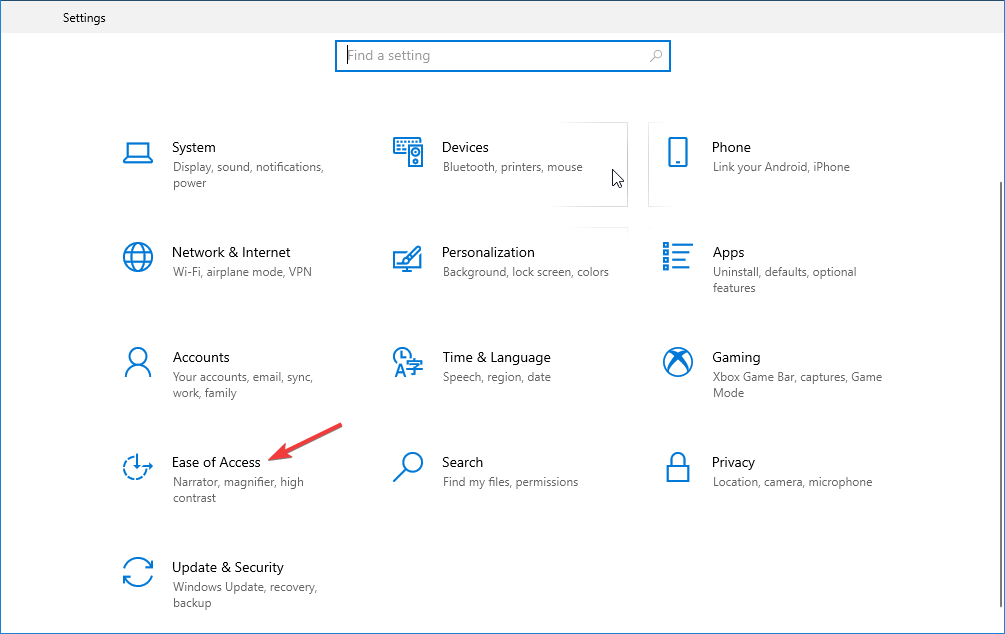
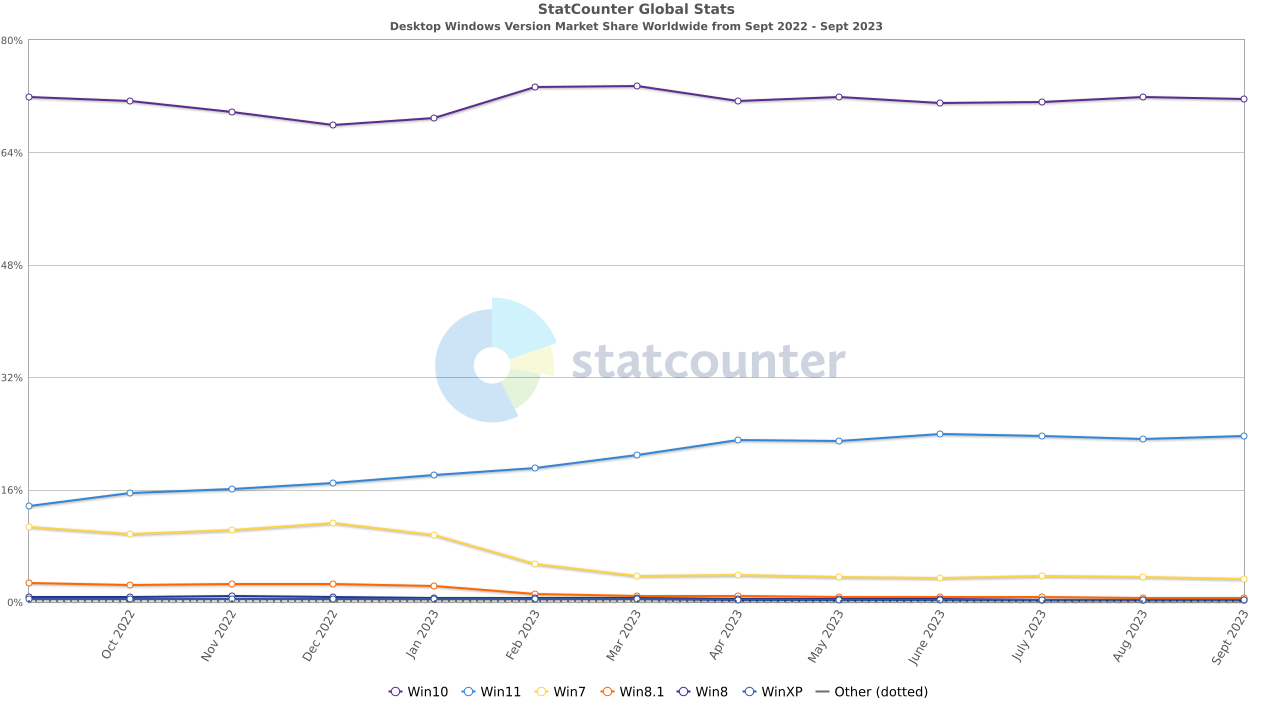
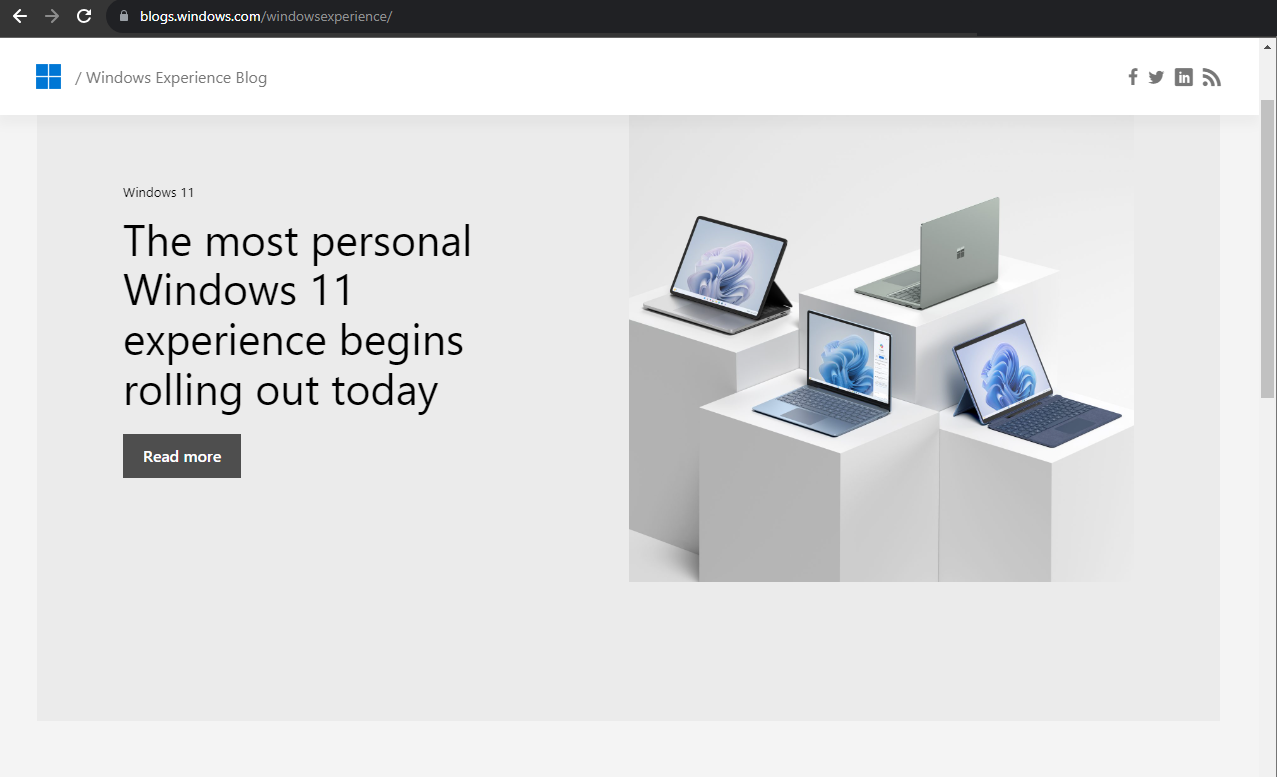
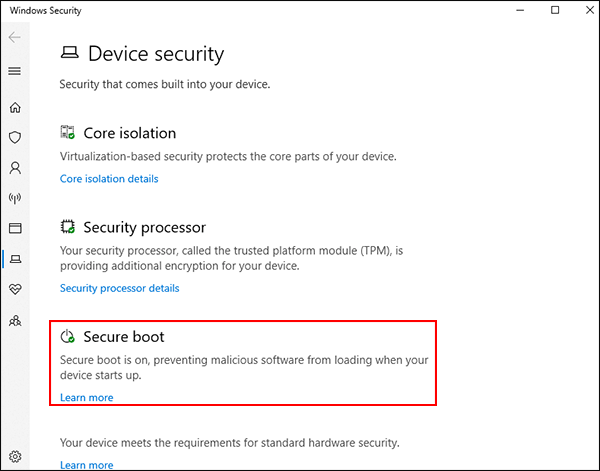



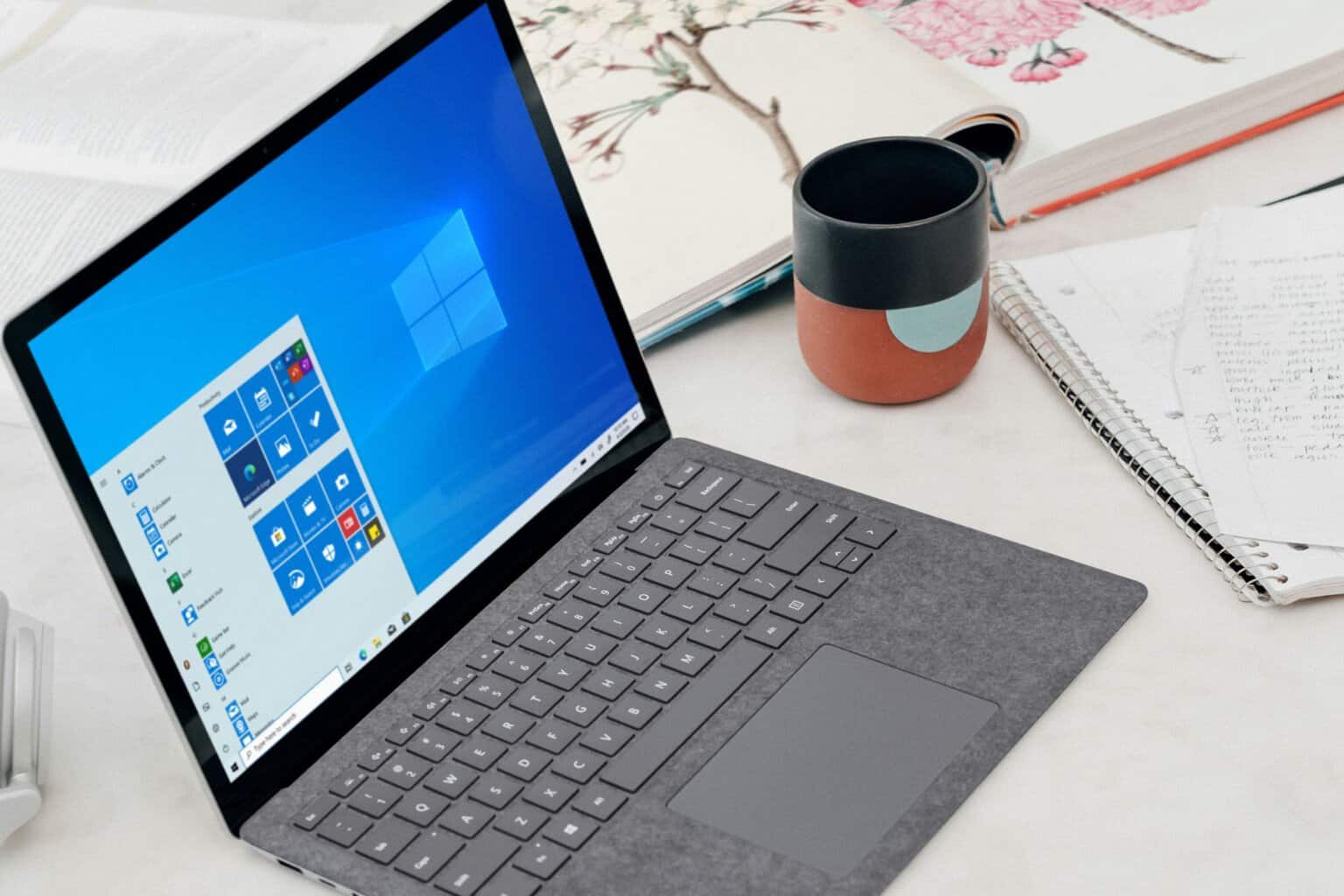
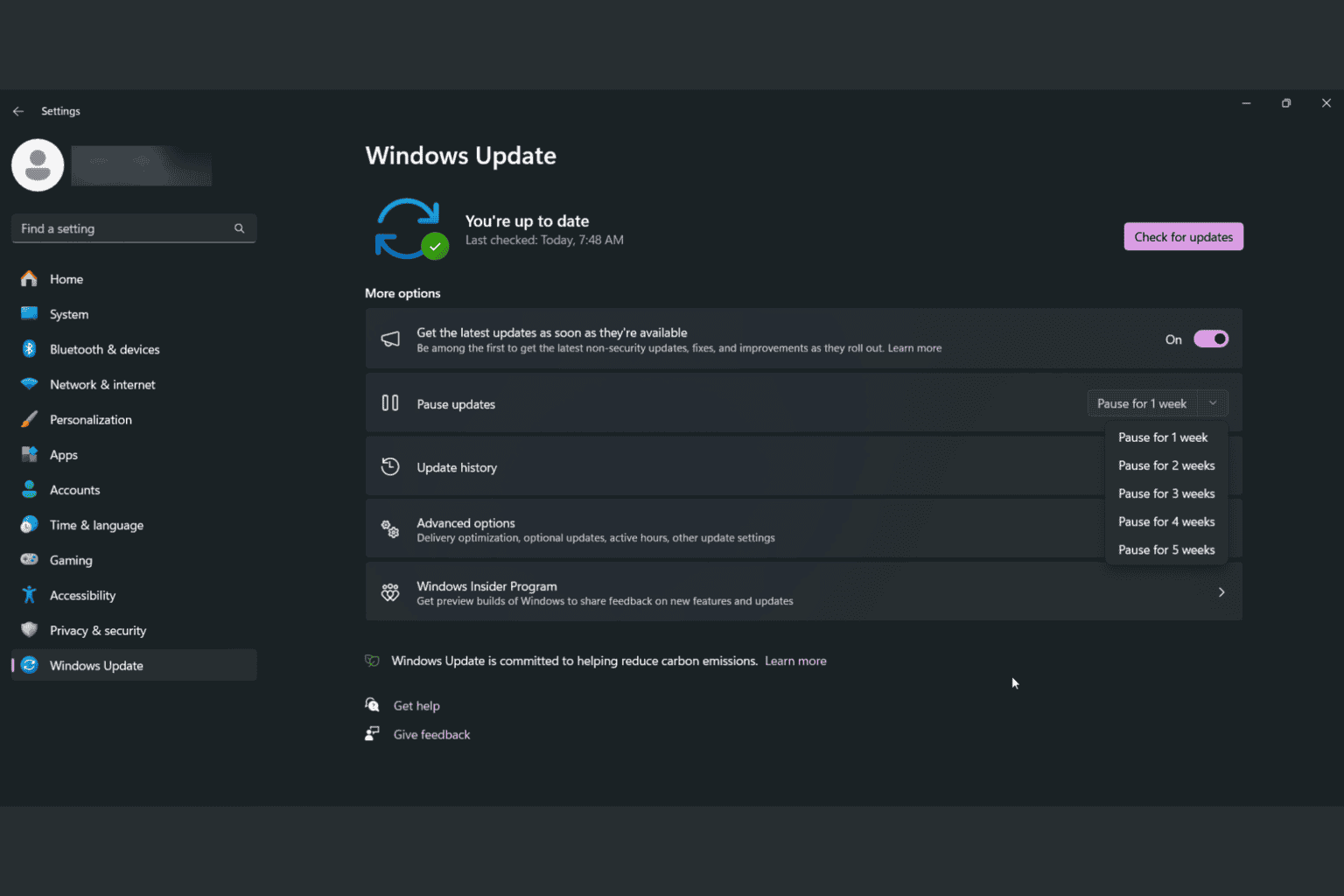



User forum
1 messages